Mango, the king of fruits, is the fruit of high economic and ecological importance in India, as we export mangoes in large quantities. More than 1500 mango species are cultivated in India and more than 1000 of them are commercial varieties. Mangoes are highly affected by a number of diseases, which hamper their appearance, taste, and has a huge impact on the economy. Amongst a number of diseases, Anthracnose is the most commonly occurring fungal disease that is infecting mango trees in India.
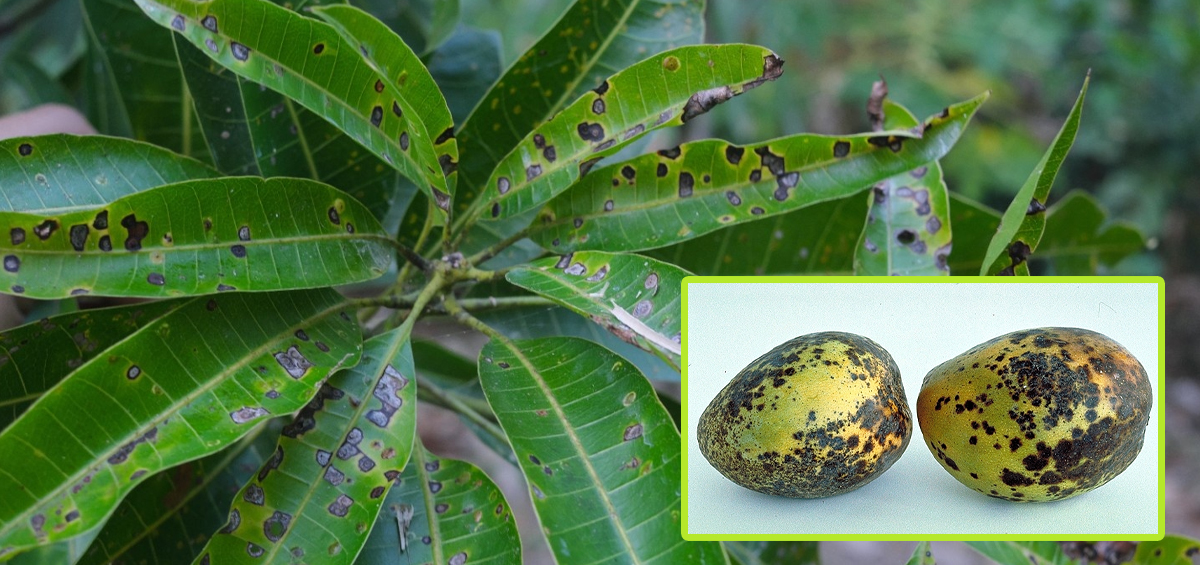
This disease affects the mango fruits mainly at two stages – pre-harvest and post-harvest.
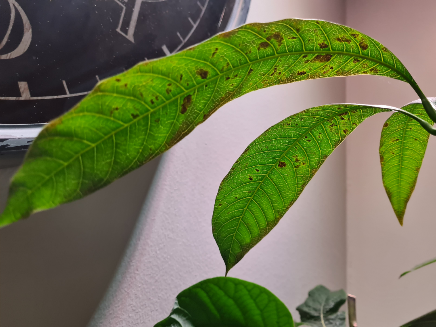
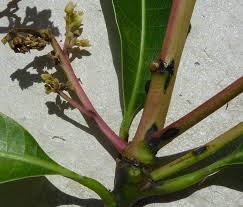
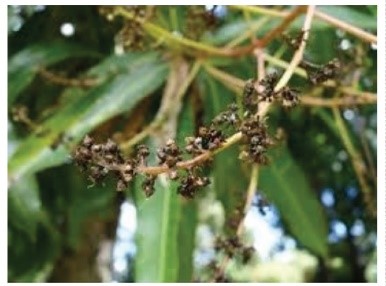
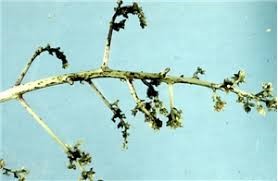
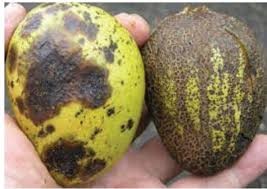
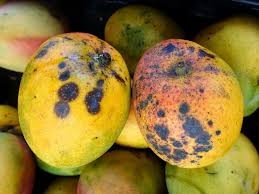
Cover the fruits using paper bags to protect them from rain and fungal spores.
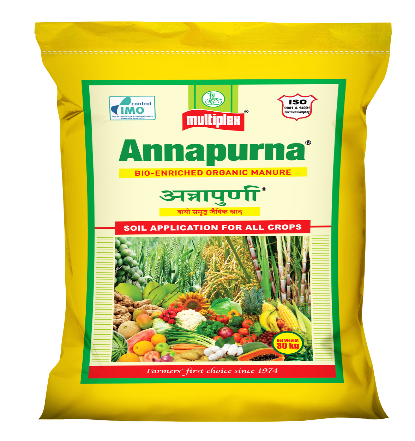
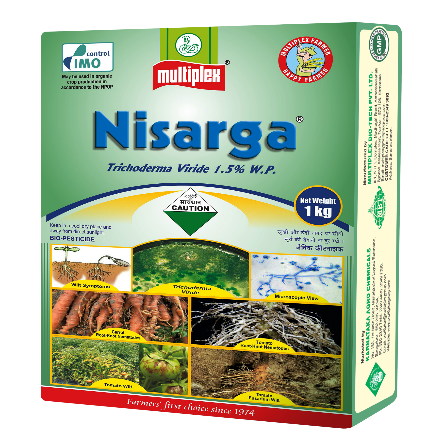
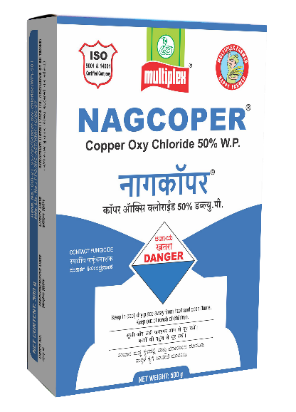
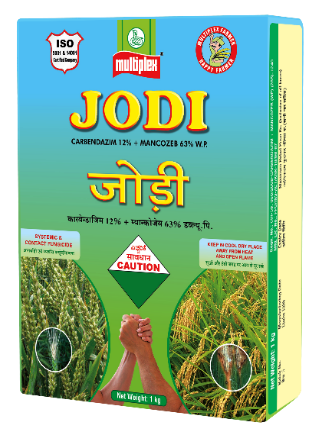
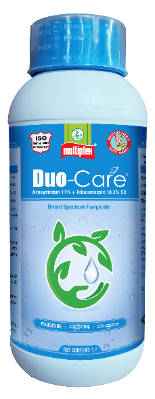
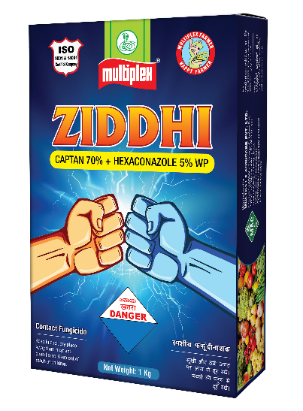
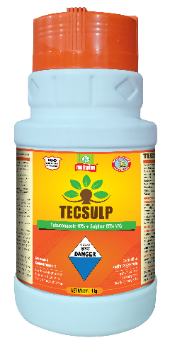
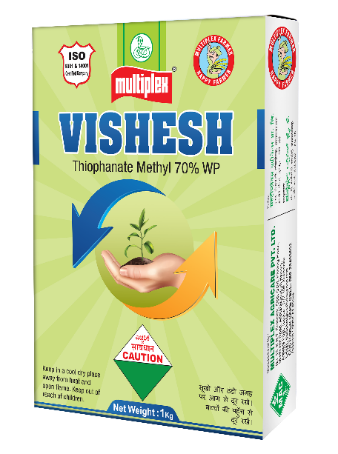
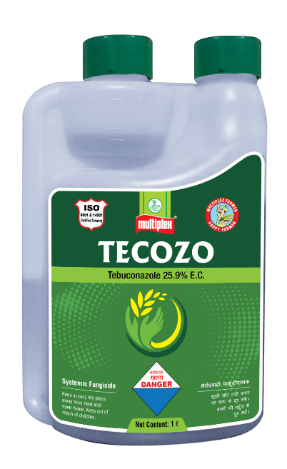
Mango anthracnose is a complex disease requiring an integrated approach for its management. By combining cultural, biological, and chemical methods, farmers can minimize losses and ensure high-quality mango production. Continued research on resistant cultivars and eco-friendly management practices will further aid in combating this devastating disease.